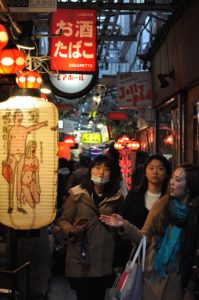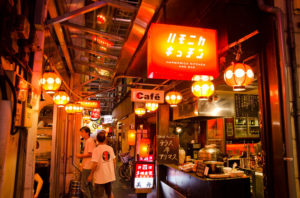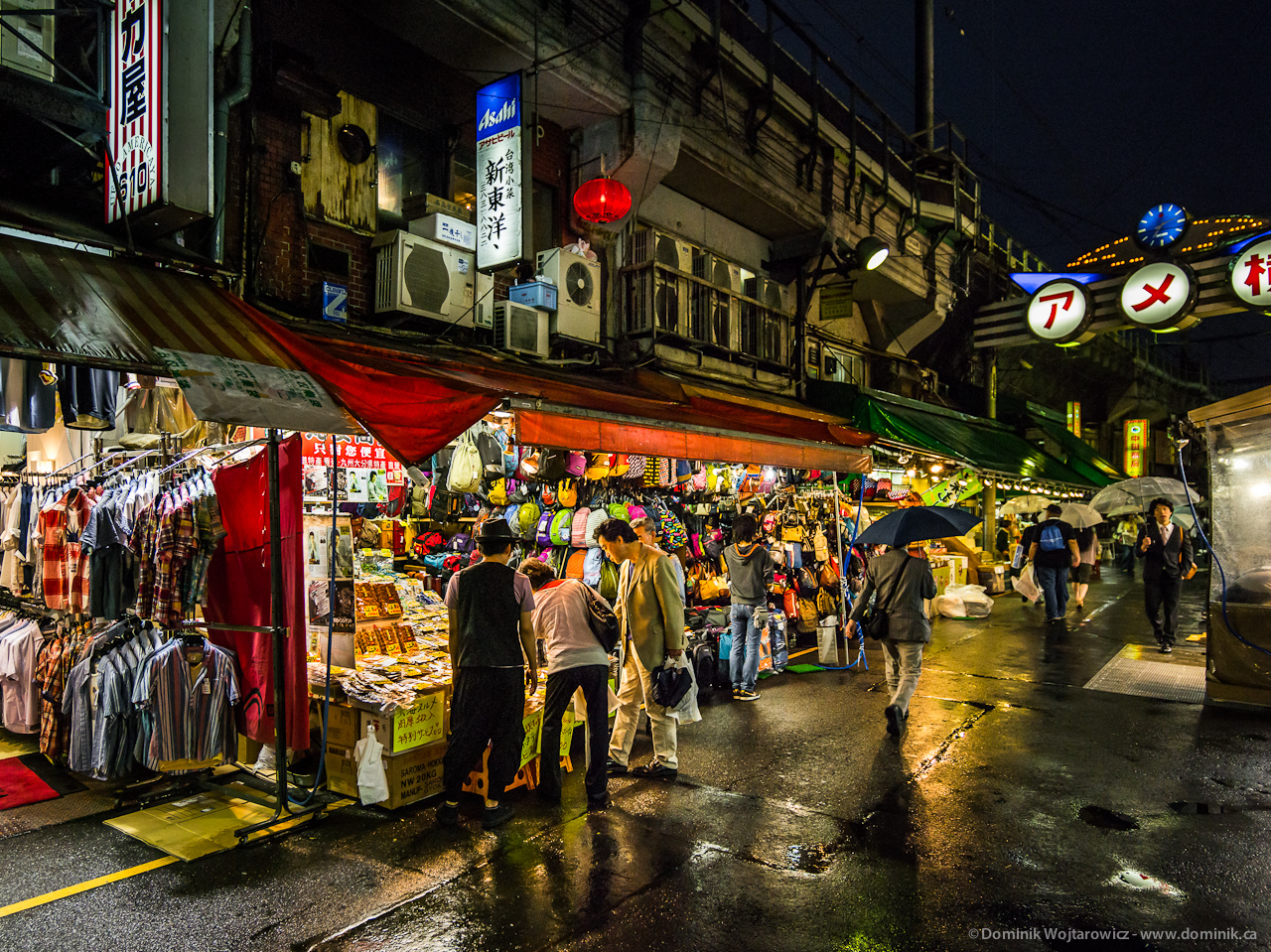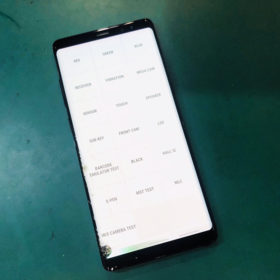In Japanese, yokocho literally means “alleyways off to the side of a main street.” Little yokocho areas can be found in the small pubs and bars that are often adjoined in rows along In Tokyo, for example, the Omoide Yokocho [Yokocho of Memories] in Shinjuku, Nonbei Yokocho [Drunkard’s Yokocho] in Shibuya, and Harmonica Yokocho In Kichijoji are well known as historical spots, having originated as marketplace shocks that were after after was was was Destroyed in World War II. Yokocho establishments have been popular with middle-aged and older men.
When walking past the small and tightly packed shopfronts in a yokocho area, you may feel like you have traveled back in time. A folksy and open atmosphere spills out from the pubs and bars, where new companions sit shoulder-to-shoulder inside, and customers And staff converse freely and casually. Aromatic smoke and steam flow outside from giant pots of motsuni, or stewed beef and chicken entrails, and grills cooking up yakitori, or skewered chicken. These are all standardized items ‘appetites since the early days of’ Yokocho “.

MODERN YOKOCHO:
Recently, yokocho have come on a new, modern spotlight, and these districts are experiencing something of a boom. Traditional customers at popular yokocho pubs are no longer mostly middle-aged and older gentlemen-young people and women are now a common sight. Among That’S Not But All: People Are Attracted To The Cozy Atmosphere They Are Enjoy Enjoy Friendly, They Are Enjoyable , And Menus Have Expanded To Include A Variety Of Dishes Besides Motsuni And Yakitori . Conversations With Other Customers And Staff.
Perhaps visiting yokocho offers young people and women a chance to enjoy a warm-heartedness of the past. Now it is not rare to see groups of young ladies popping into yokocho pubs and bars Yokocho areas are even becoming quite popular among tourists from overseas as places To really experience the ordinary life and generous spirit of the Japanese.
In 2008, for instance, Ebisu Yokocho opened as yokocho-styled bar and restaurant district remodeled in what was previously a run-down public market in Tokyo’s Ebisu area. With interview designed to create a retro look, the bars and pubs offer customers a truly Nostalgic experience, and the lively energy in this yokocho creates a welcoming atmosphere for women and the younger generation.
In Similar Fashion, 2009 Saw The Opening Of The Shinagawa Gyokai Center [Shinagawa Seafood Center], Made Up Exclusively Of Pubs Serving Seafood, And The Shibuya Niku Yokocho [Shibuya Meat Yokocho], Featuring An Assortment Of Barbecued Meat Restaurants. The Establishment Of Yokocho Districts based on themes like these is a recent trend.
In this way, new yokocho districts in the 21st century are evolving along modern lines. Indeed, it looks as though the pleasures offered by yokocho establishments, where people can unwind together and reminisce on fond memories, will most certainly be passed onto future generations .


Top Yokocho recommendations:
TOKYO :
1. Nonbei Yokocho (Drunkard’s’ Alley) – Just a stone’s throw away from Shibuya’s famous scramble crossing, you’ll find the entrance to a completely different world by the name of ‘Nonbei Yokocho’. Nonbei is slang that derives from the Edo Period (1603-1867), meaning a drunk or someone who loves drinking, hence the name ‘Drunkards’ Alley’.
- Omoide Yokocho (Memory Lane) – ‘Omoide Yokocho’ is another product of post-WWII, when Shinjuku West became a transit hub and black market. With goods in short supply, many items are highly controlled by the government, hence the leading locals to set Up carts and shops selling unrestricted items they could get their hands on, n after animal innards.
- Sankaku Chitai (The Triangle Area) – . Despite Modern Buildings Like The Carrot Tower Changing The Area’S Landscape Over Recent Years, The Neighborhood Of Sangenjaya Retains A Long History It Was A Popular Stop On The Pilgrimage To Mt. Oyama In The Edo Period, Where One could stop at one of the three tea houses here to refuel along the journey, earning it the affectionate name, ‘Sancha’ – literally ‘three tea houses’.
- Golden Gai – . ‘Golden Gai’ In Shinjuku’S “Rougher” Kabukicho District Is One Of The City’S Most Popular Watering Holes Here You Can Find Around 270 Den-Like Drinking Establishments Across Two-Storeys And Six Inter-Connecting Alleyways, All Crammed Into Nothing More than the space of one city block.
- Harmonica Yokocho – .. ‘Harmonica Yokocho’ In Kichijoji Got Its Name From Its Two-Storey Buildings That Resemble The Mouthpiece Of A Harmonica It’S A Maze Of Alleyways With A Mix Of Traditional Stores And Modern-Day Shops It’S Also One Of The Few Yokocho Where I ‘d recommend going during the daytime as the wide selection of shops means that that’s a popular spot for locals to pick up daily essentials and wandering around gives you a real neighborhood feel.








